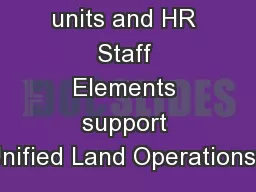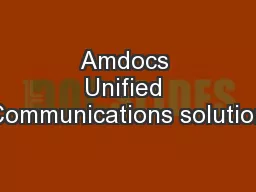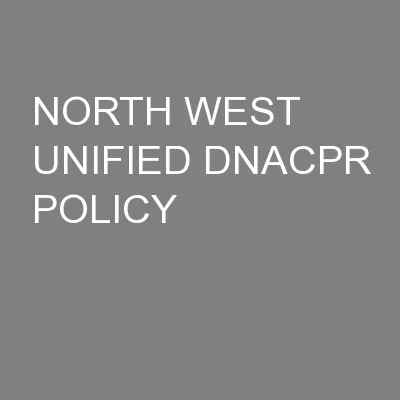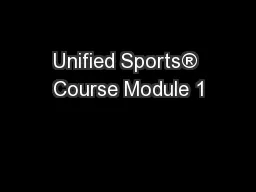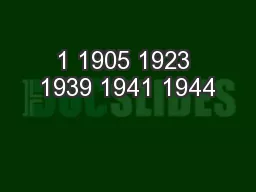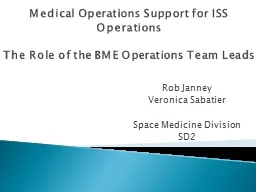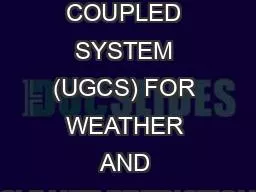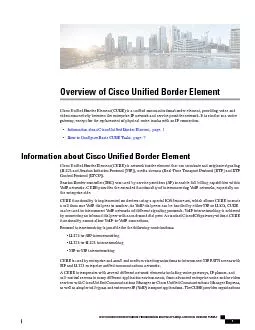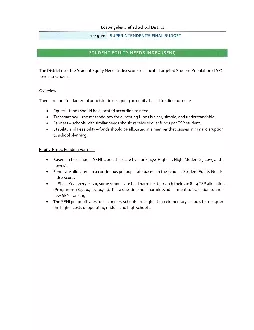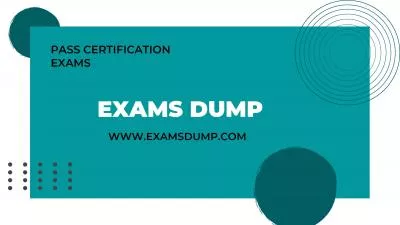PPT-How do HR units and HR Staff Elements support Unified Land Operations?
Author : liane-varnes | Published Date : 2018-09-17
Unified Land Operations How the Army seizes retains and exploits the initiative to gain and maintain a position of relative advantage in sustained land operations
Presentation Embed Code
Download Presentation
Download Presentation The PPT/PDF document "How do HR units and HR Staff Elements su..." is the property of its rightful owner. Permission is granted to download and print the materials on this website for personal, non-commercial use only, and to display it on your personal computer provided you do not modify the materials and that you retain all copyright notices contained in the materials. By downloading content from our website, you accept the terms of this agreement.
How do HR units and HR Staff Elements support Unified Land Operations?: Transcript
Download Rules Of Document
"How do HR units and HR Staff Elements support Unified Land Operations?"The content belongs to its owner. You may download and print it for personal use, without modification, and keep all copyright notices. By downloading, you agree to these terms.
Related Documents

